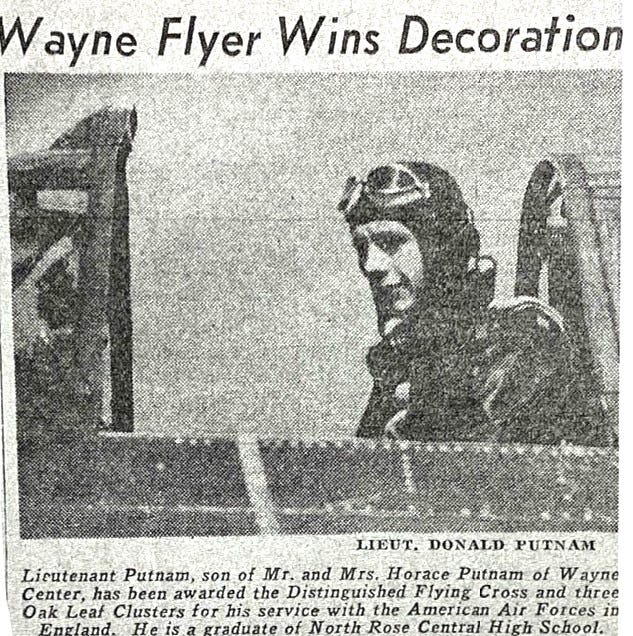How This American Hero Came Home: The Story Of A Tiny Town That Lost Two Too Many
Melvin Donald Putnam of Operation Crossbow. WWII
Two weeks ago, I wrote about a World War II pilot who graduated in the same 16-member high school class as my uncle. Both men were killed in combat with German forces. That article is now unlocked. In the meantime, I have learned a bit more about Donald, as my uncle Blake knew him, thanks to local artist Mark DeCracker.
DeCracker is working on a public m…
Keep reading with a 7-day free trial
Subscribe to Polemology Positions to keep reading this post and get 7 days of free access to the full post archives.


